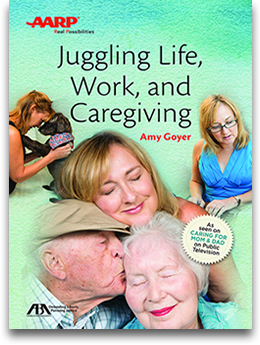Aging is a beautiful thing, but it has its downsides. With age, we need to be more cautious about performing physical tasks or activities. Many people over the age of 60 need to see their doctors often to become informed on the common musculoskeletal disorders in the elderly.
Tendonitis
What begins as an inflammation in the tendons can rapidly spread to the connective fibrous tissues between the bone and muscles. This condition, called tendonitis, often starts as dull aches in the affected limbs or joints.
The best way to check for tendonitis is to receive an ultrasound MRI from your doctor. Other symptoms include tender muscles and mild swelling in the afflicted area. The most common areas tendonitis affects include:
- Wrists
- Elbows
- Ankles
- Shoulders
Osteoarthritis
Considered the standard form of arthritis, osteoarthritis affects the cartilage around the edges of a person’s bones. Typically, the best way to detect arthritis is to see a rheumatologist, who can order an MRI scan to look for swelling in the joints.
There are four stages of osteoarthritis, and the earlier you detect it, the easier treating the condition is.
- Stage one: Little ablation in the joints and very little pain
- Stage two: Noticeable bone spurs, and the affected area becomes stiff while immobile. A patient needs to wear a brace to improve joint mobility at this stage.
- Stage three: At this stage, a patient experiences eroded cartilage around the affected area, which creates extensive pain and irritation that make doing usual daily activities difficult.
- Stage four: In the final stage, a person’s joints become weak, which signifies the cartilage is nearly gone. Additionally, body spurs (smooth bumps in the hands and shoulders) appear more often.
Carpal Tunnel
A condition that generally develops from continuous flexing of the hand joints—including the wrist—carpal tunnel is a condition that causes the arms or hands to go numb or tingle. Eventually, it can damage your joints and lead to a permanent disability if you don’t treat it. The symptoms of carpal tunnel include:
- Decreased feeling in fingertips
- Tingling in hands
- Inability to perform delicate tasks, such as buttoning a shirt or zipping pants
An EMG, x-ray, or wrist flexion test can determine a carpal tunnel diagnosis. After diagnosis, the best nonsurgical treatments include taking anti-inflammatory drugs and using wrist splints at night.
Why You Need To Choose Sonography
Sonography can find the most common musculoskeletal conditions in the elderly. This ultrasound technology detects musculoskeletal disorders and injuries in patients, especially seniors. Many people use sonographers to detect and improve their joint pain. One small thing to do right now is to make an appointment with a sonographer to find out if you’re suffering from one of these disorders.
For more ways to improve your health, talk with your doctor about what medical tests you can take to find any health problems you might have. Every doctor’s appointment is one way to a healthier lifestyle.






















